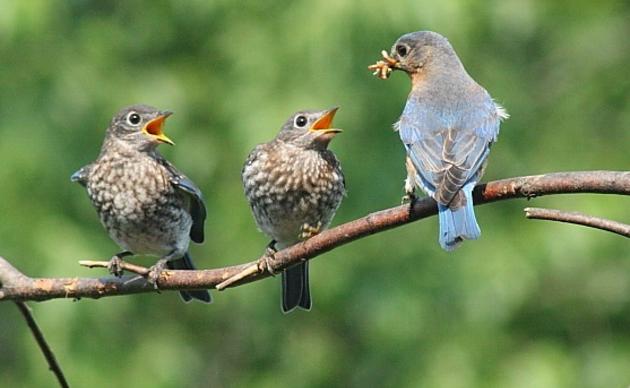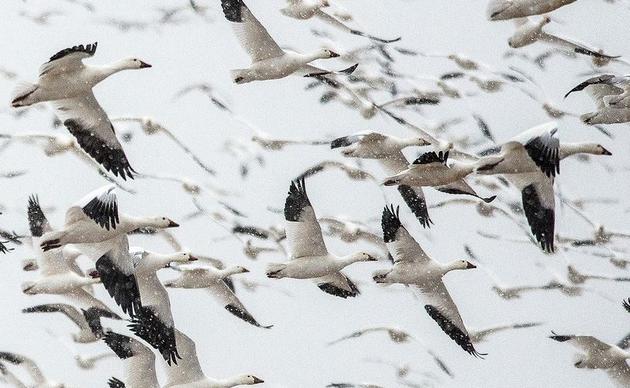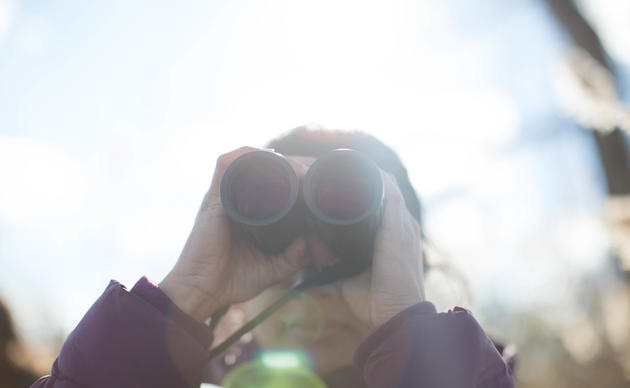Originally posted on Smithsonian.com by Natasha Geiling
October 23, 2014
As summer turns to fall and leaves begin to turn, birds of all kinds begin to make their trek from cooler, northern breeding grounds to the warmer, southern areas where they'll spend the winter. With some of the flocks moving by the tens of thousands, the fall migration offers novice and expert bird watchers alike a chance to observe one of nature's great journeys. Fall is a particularly great time to catch birds on their southward migration, explains Scott Sillett, research scientist at the Smithsonian Migratory Bird Center, because the fall migration lasts longer than the spring version, affording birders a better chance at seeing the birds in action. "They’re trying to get to where they winter, but they don’t have to immediately get there and set up shop and reproduce. It's a different pace of life in the fall," Sillett says. "And in the fall, you have more young birds on their first southern migration. There are more birds moving over a longer period of time."
The migrations of some birds, such as hawks, will be reaching their peak in the coming weeks, while other migrations, like waterfowl, will continue on through November. Want to get in on the action? Here are seven places all over the United States where you can see birds—from tiny hummingbirds to majestic bald eagles—as they make their way to warmer climes.
Audubon New York Center, Monetzuma Wetlands Complex was named #2:
As waterfowl begin to move southward, they depend on two things to make their journey as smooth as possible: a good tail wind and favorable weather conditions. If wind starts blowing from the south, working against the migrating population, or if the weather becomes bad, the waterfowl will often drop down into inland lakes to wait for conditions to improve, which can provide bird watchers with an impromptu opportunity. "[Seeing birds in inland lakes] is real hit or miss," LeBaron says, "[but] it’s kind of exciting, like opening Christmas presents. You never know what's going to be where and when."
If you want to try to see waterfowl taking a rest in an inland lake this autumn, LeBaron suggests planning a visit to the Finger Lakes region of upstate New York, which tends to attract birds in fairly high numbers. Over half a million Canada geese pass through the Montezuma Wetlands Complex, near Seneca Falls, during their yearly migration; peak migration occurs from September to October. If you can't make it to the Finger Lakes, but still want to roll the dice with seeing waterfowl migration, Sillett contends that any lake has the potential to come alive with migrating waterfowl during autumn months. "Any kind of lake can be really good in the fall," he says. "It can be hit or miss, but if the weather conditions are right and you get a lot of waterfowl that are driven down by a weather front, you can get really awesome concentrations of waterfowl in migration.



